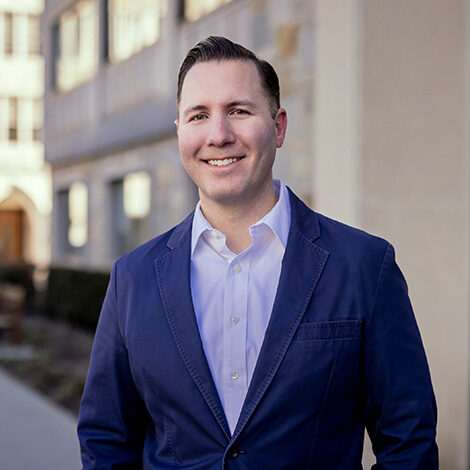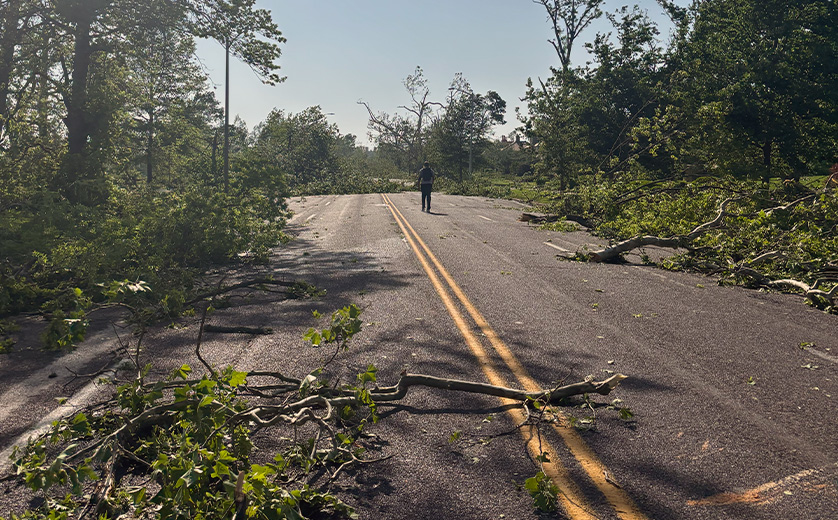As St. Louis begins to recover from the May 16 tornado, one group is often overlooked in disaster recovery: older adults. However, according to an expert on productive aging at the Brown School, older adults could play a critical role if given the opportunity.
“Older people have skills, networks, and a desire to help. The easiest way to mobilize older adults as volunteers is simply to ask them,” said Cal J. Halvorsen, associate professor at the Brown School, who studies aging societies, work, and social purpose and impact.
Halvorsen noted that engaging older residents in recovery efforts doesn’t require complicated outreach. It can be simple: church bulletins, community fliers, and social media can be effective ways to spread the word, especially when coordinated with organizations that serve or work with older adults.
“The key is to reach people where they are, while remembering that older adults are in a lot of the same circles as their younger counterparts,” he said.

Including older adults in volunteer recruitment materials also sends a strong message. “It signals they’re needed and part of the solution,” he said.
Beyond their time and talents, older adults can also be a source of financial and in-kind donations, just like their younger counterparts.
What sets older adults apart, Halvorsen said, is that they often have deep roots in their community. That local knowledge and understanding of informal networks and connections can accelerate community recovery. “They know the neighborhood. They know who to call, where to go, and how the neighborhood works,” Halvorsen said. “That’s invaluable.”
While some may face physical limitations, Halvorsen urges people to look beyond age. “When we talk about older St. Louisans, we’re really talking about a wide range—from 50 to 100-plus,” he said. “Not everyone can clear debris, but many can organize volunteers, deliver supplies, or manage logistics.”
The real barrier, Halvorsen emphasized, is bias. “Too often, we assume older adults can’t contribute. That’s wrong,” he said. “Many are more than willing and able. We just need to make room for them.”
Halvorsen frequently collaborates with the Brown School’s Harvey A. Friedman Center for Aging, which regularly engages with local agencies doing relief work, including the St. Louis Area Agency on Aging. The agency is led by Anneliese Stoever, MSW ’03, a Brown School alumna.
As the St. Louis area comes together in the aftermath of the storm, those looking to support recovery efforts can find opportunities through the following resources:
- WashU’s “In St. Louis, For St. Louis” initiative is regularly updating its website with opportunities for the university community to get involved.
- The City of St. Louis has launched a response and recovery site, offering a variety of ways to support broader community recovery efforts.
